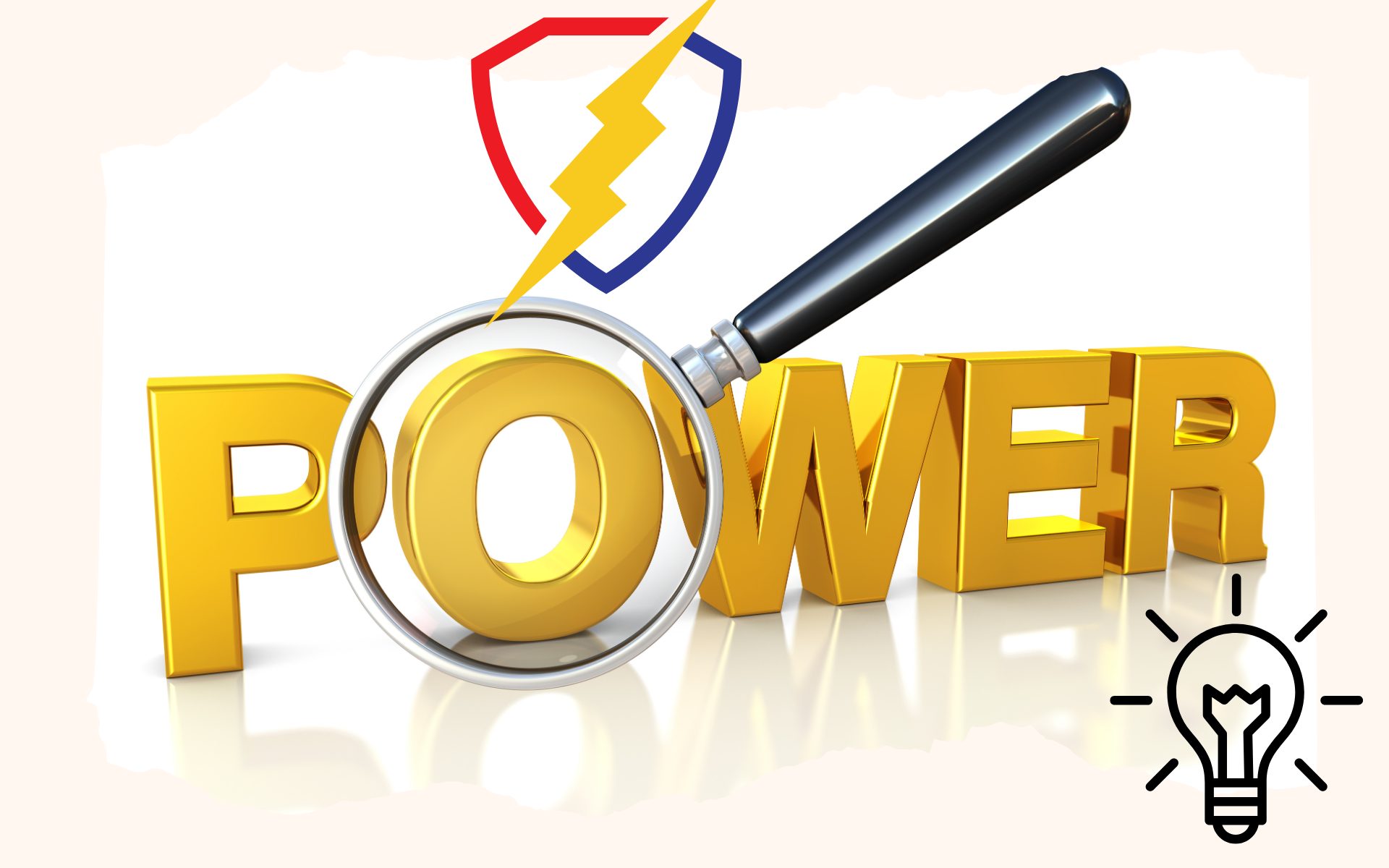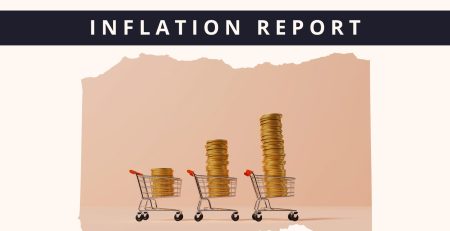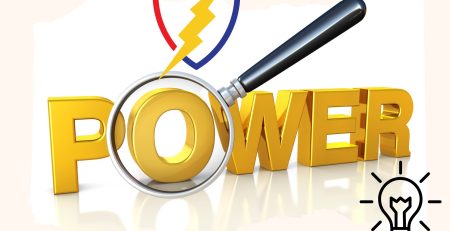Pakistan’s Power Sector: A Big Shift Is Underway
Pakistan’s power sector has faced years of trouble, too little supply in the past, and now too much unused capacity. Combined with rising costs, poor management, and over-reliance on imported fuels like coal and gas, the result is one of the highest electricity prices in the region.
But there’s a shift in the making. Let’s break it down.
📢 Announcement: We're on WhatsApp – Join Us There!
A sector under pressure
Most of Pakistan’s electricity (44–49%) still comes from imported fuels. When the Pakistani Rupee weakens, it pushes prices up, hurting everyone, from households to industries.
Around 93% of the power system is managed by CPPA-G (Central Power Purchasing Agency), with only a small portion handled by K-Electric.
The real problem? capacity vs. usage
Even though thermal power plants make up 59% of installed capacity, they only generate 49% of actual electricity. Why? Because many are outdated, too expensive to run, or sitting idle.
Here’s the FY25* snapshot:
- Installed Capacity: 59% thermal, 26% hydel, 8% nuclear, 7% renewable
- Electricity Generated: 49% thermal, 30% hydel, 8% nuclear, 8% renewable, 0.3% imported
Hydel generation is on the rise, now contributing 30% of total electricity, while renewables and nuclear are slowly gaining ground.
What’s being built?
Pakistan is betting big on hydropower and nuclear energy. Here’s what’s coming by 2030:
- Diamer Bhasha Dam – 4,500 MW
- Dasu Dam – 4,320 MW
- Tarbela 5th Extension – 1,530 MW
- CHASNUPP-5 Nuclear Plant – 1,170 MW
- Private Sector (IPPs) – 7,420 MW
WAPDA alone aims to add 10,000 MW of low-cost hydel power.
Why so much hydel?
Hydropower is clean and cheap over the long term. Once built, it can run for decades. But it’s not perfect:
- Requires water, dry seasons cause shortfalls
- Plants are usually far away, transmission is costly
- Needs backup from thermal or other sources
Pakistan’s power sector is slowly moving from expensive imports to more sustainable, local sources like hydropower and nuclear. If done right, this could lower electricity prices, cut reliance on foreign fuel, and make the grid more reliable.
But success depends on smarter planning, fixing inefficiencies, and investing in transmission to match the new generation mix.
⚠️ This post reflects the author’s personal opinion and is for informational purposes only. It does not constitute financial advice. Investing involves risk and should be done independently. Read full disclaimer →













Leave a Reply